
Pulm/Crit physician and PD @OSUPCCM_Fellows • @JournalofGME editor • Podcast @curiousclinpod • Dad/husband • Views my own




 28 subscribed
28 subscribed




 28 subscribed
28 subscribed
How to get URL link on X (Twitter) App





 28 subscribed
28 subscribed

 2/
2/

 2/
2/


 2/
2/

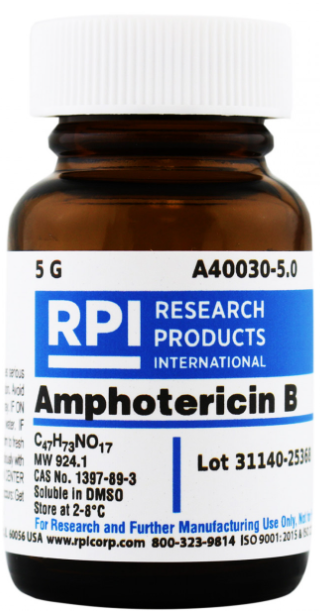
 2/
2/
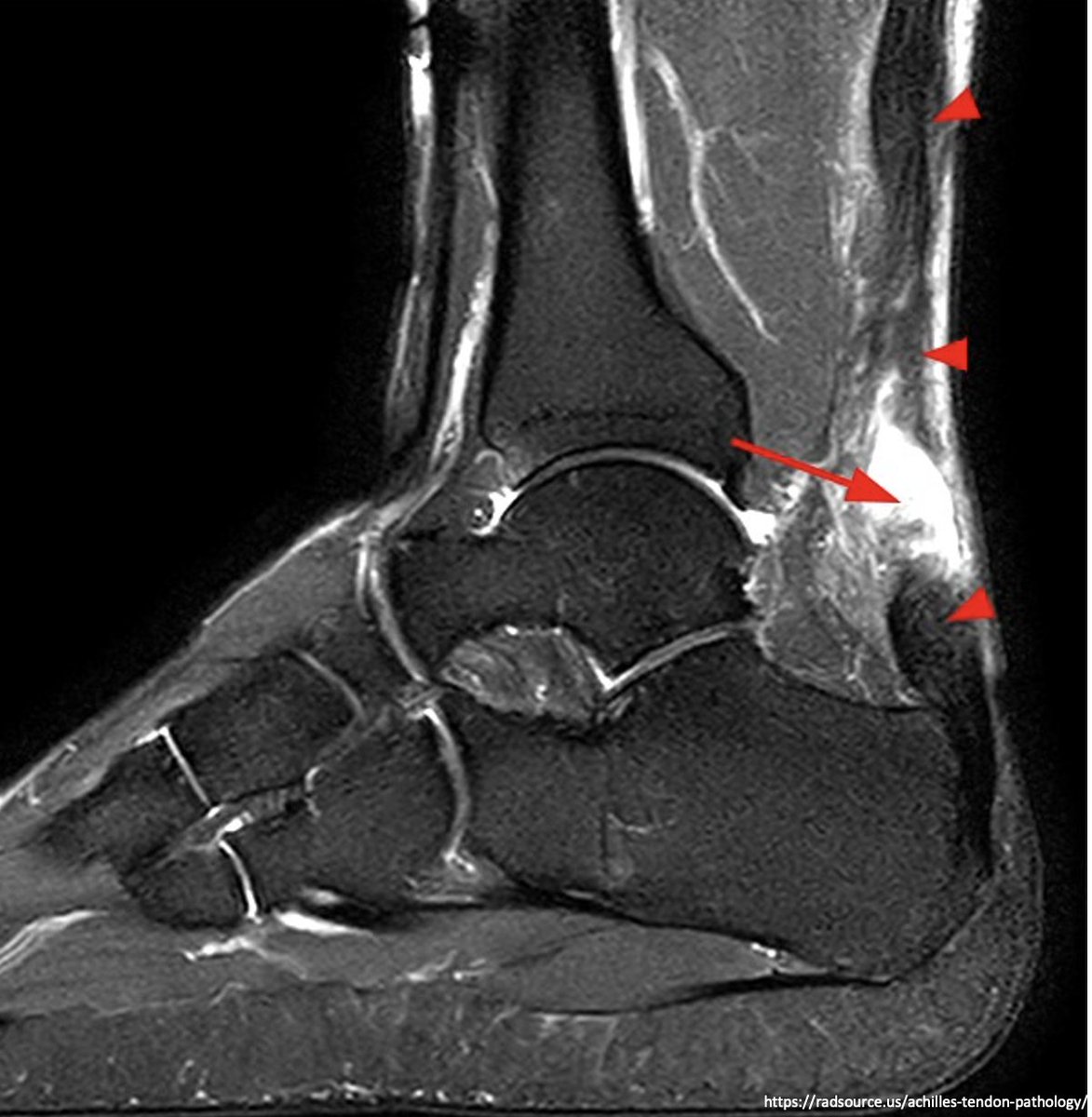
 2/
2/
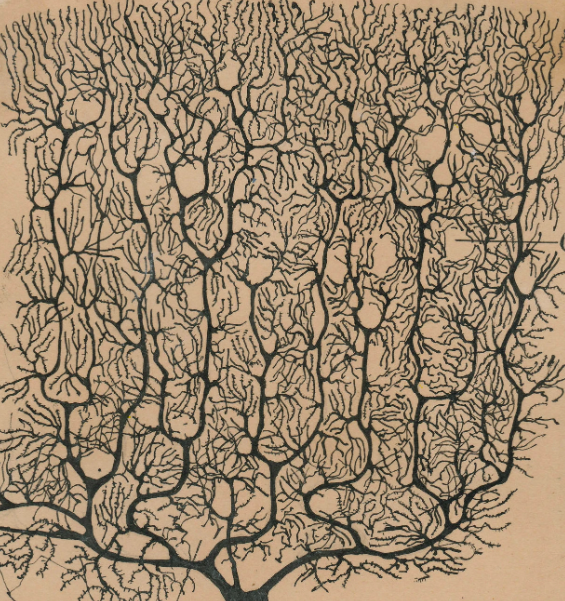

https://twitter.com/AvrahamCooperMD/status/1135370806798761987?s=20&t=JQN3cD53LMKOxjuQUsjpGQ

 2/
2/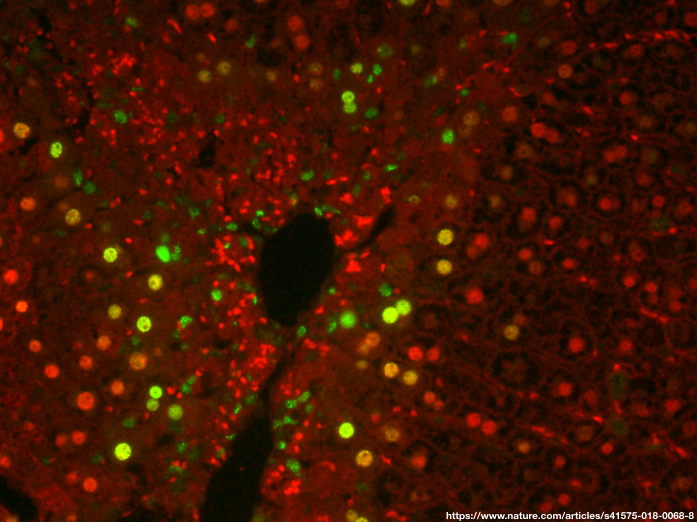
 2/
2/

 2/
2/
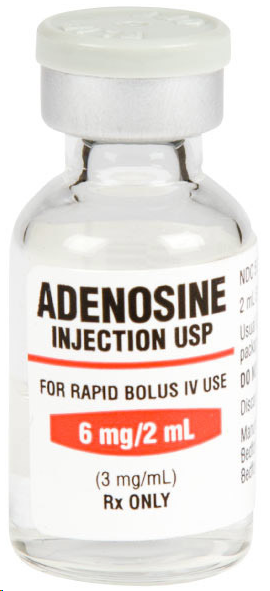
 2/
2/

 2/
2/

 2/
2/

 2/
2/

 2/
2/


 2/
2/

 2/
2/

 2/
2/

 2/
2/

 2️⃣ I ❤️ the way he zooms in on individual stories and then zooms out. One chapter he’s in a ramshackle hut in rural Haiti, the next he’s building Haiti’s first neurology residency or meditating on the sociocultural basis for global health inequities
2️⃣ I ❤️ the way he zooms in on individual stories and then zooms out. One chapter he’s in a ramshackle hut in rural Haiti, the next he’s building Haiti’s first neurology residency or meditating on the sociocultural basis for global health inequities